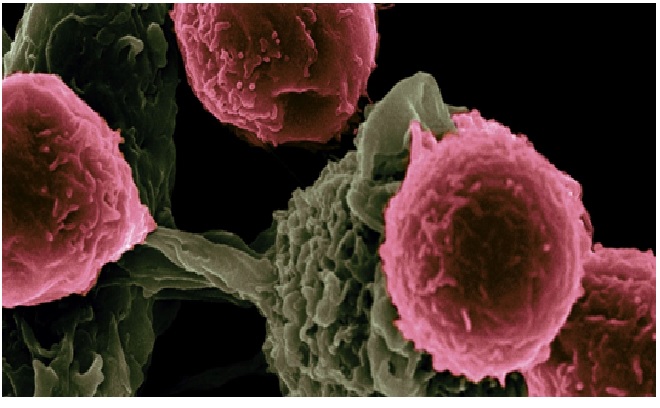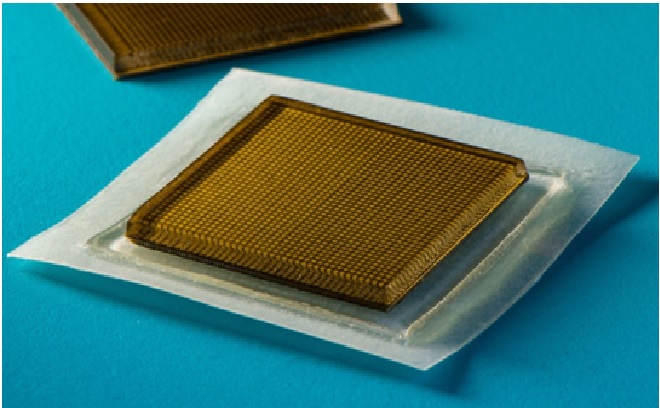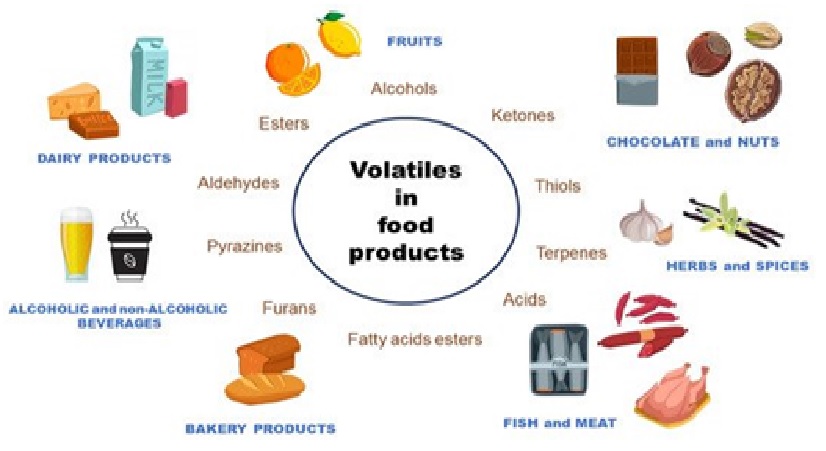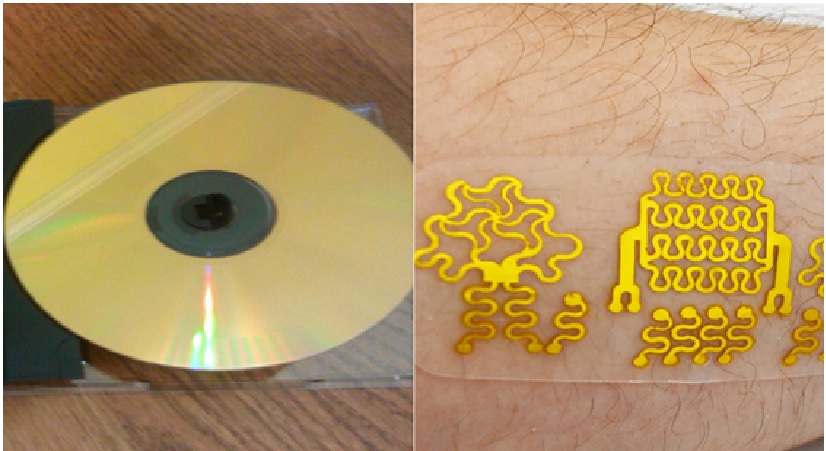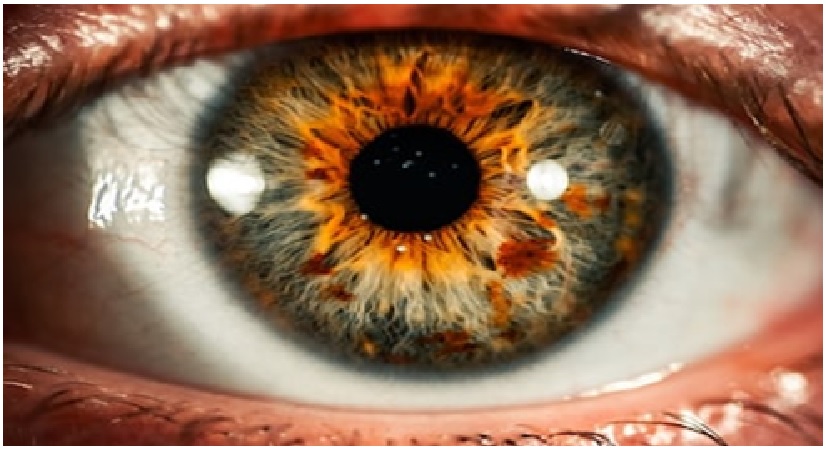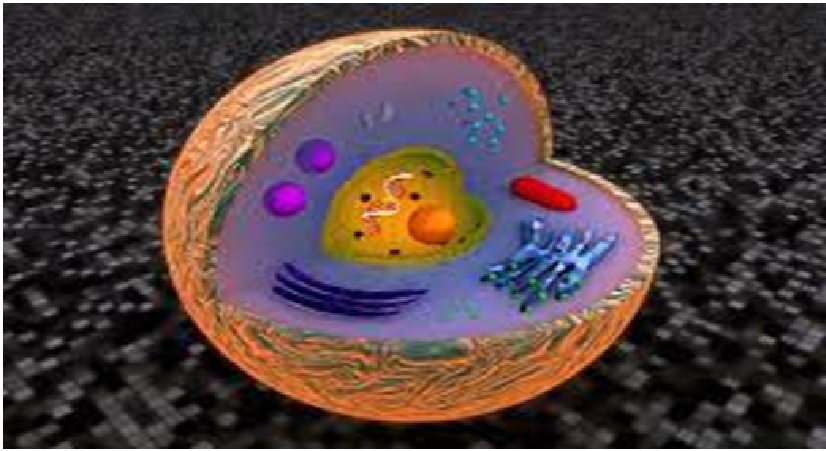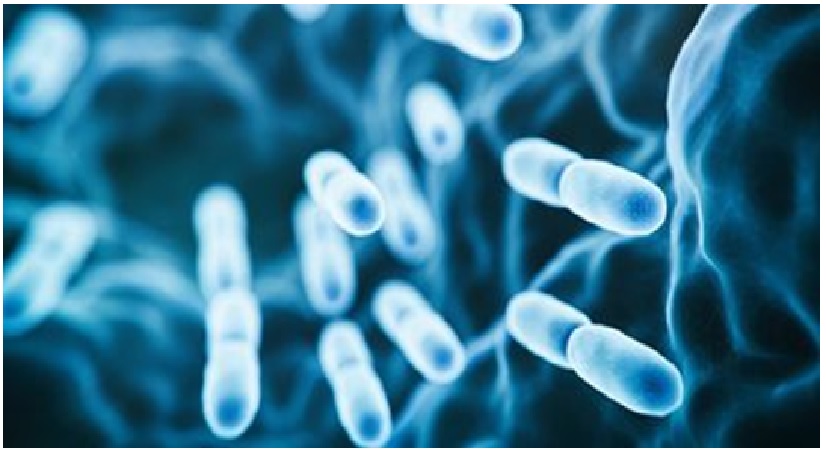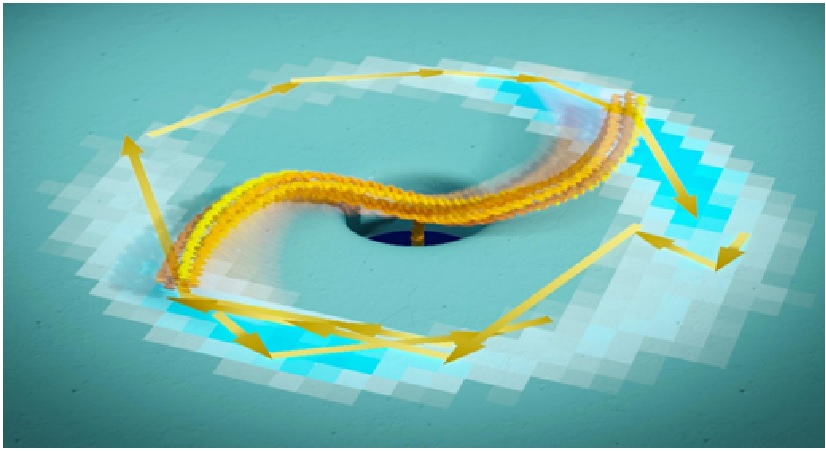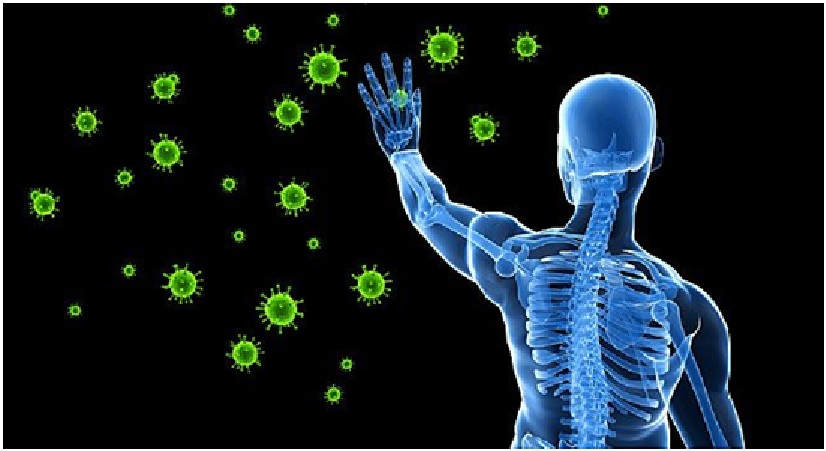In DNA, scientists find solution to engineering transformative electronics
Scientists at the University of Virginia School of Medicine and their colleagues have used DNA to overcome a nearly insurmountable obstacle to engineer materials that will revolutionize electronics.
One possible result of such engineered materials could be superconductors, which have zero electrical resistance, allowing electrons to flow unhindered. This means that unlike existing means of electrical transmission, they do not lose energy and do not generate heat. The development of a superconductor that can be widely used at room temperature – rather than at extremely high or low temperatures, as is now possible – could lead to hyper-fast computers, shrinking the size of electronic devices. This could allow high-speed trains to float on magnets and reduce energy use, among other benefits. [1]

Figure 1. In DNA, scientists find solution to engineering transformative electronics
Figure 1 shows One such superconductor was first proposed greater than 50 years in the past by Stanford physicist William A. Little. Scientists have spent many years attempting to make it work, however even after validating the feasibility of his thought, they have been left with a problem that appeared not possible to beat. [2]
Engineering on the Atomic Stage
One attainable technique to understand Little’s thought for a superconductor is to change lattices of carbon nanotubes, hole cylinders of carbon so tiny they have to be measured in nanometers — billionths of a meter. However there was an enormous problem: controlling chemical reactions alongside the nanotubes in order that the lattice might be assembled as exactly as wanted and performance as meant.
Egelman and his collaborators discovered a solution within the very constructing blocks of life. They took DNA, the genetic materials that tells dwelling cells the way to function, and used it to information a chemical response that may overcome the good barrier to Little’s superconductor. [3]
"While we often think of biology using tools and techniques from physics, our work shows that the approaches being developed in biology can actually be applied to problems in physics and engineering," Egelman said. "This is what is so exciting about science: not being able to predict where our work will lead."
The work was supported by the Department of Commerce's National Institute of Standards and Technology and by National Institutes of Health grant GM122510, as well as by an NRC postdoctoral fellowship. [4]
References:
- https://darik.news/virginia/in-dna-scientists-find-solution-to-engineering-transformational-electronics/684173.html
- https://apka5.com/in-dna-scientists-find-solution-to-engineering-transformative-electronics-sciencedaily-2/
- https://categoryportal.com/science-environment/in-dna-scientists-find-solution-to-engineering-transformative-electronics/
- https://www.sciencedaily.com/releases/2022/08/220802104946.htm
Cite this article:
Thanusri swetha J (2022), In DNA, scientists find solution to engineering transformative electronics, AnaTechMaz, pp.70




